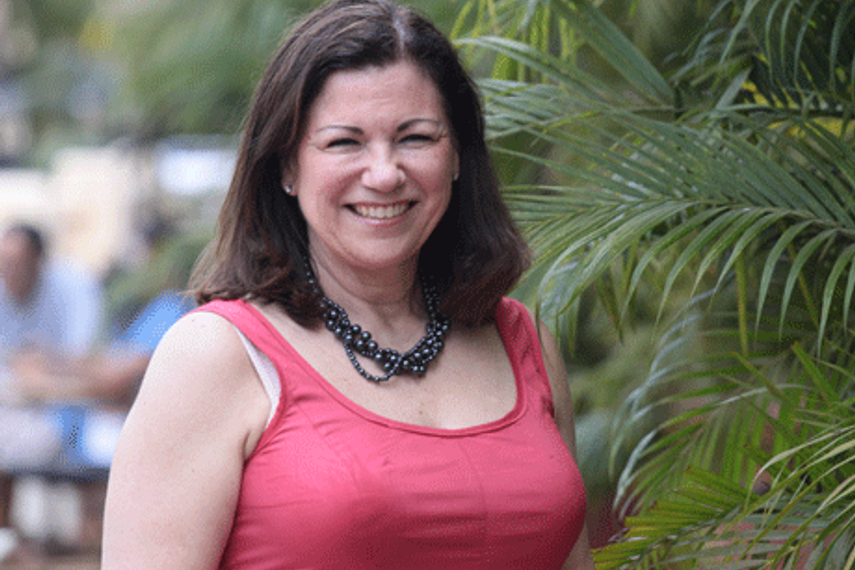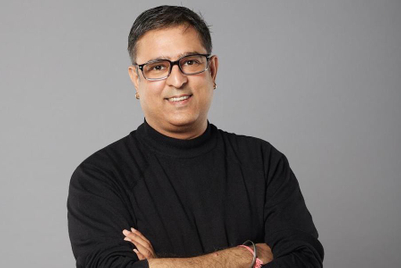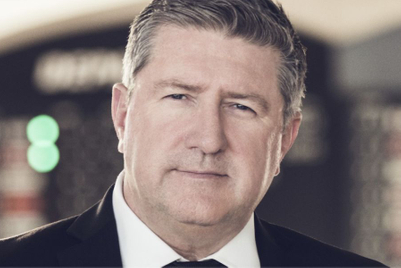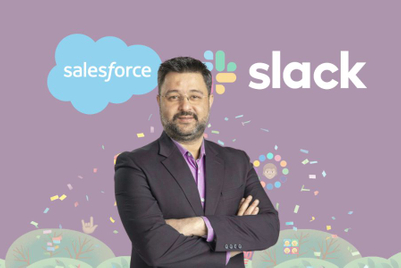
For her presentation, Laurie Coots, chief marketing officer, TBWA, chose to talk about the five things that keep her awake at night, and which others in the business of brands should be worrying about as well.
The Adidas Bonded by Blood campaign that highlights Coots’ fifth point ‘Creativity’
The first one is gaming. “We have to start thinking about the implications of a world that has grown up on games,” she said. “Especially when statistics say that people are spending 3 billion hours a week worldwide playing online games.”
The reason for this is the comfort that virtual gaming offers. “We all feel better in online games than in our real lives. We get instant gratification (in terms of feedback, more weapons, more lives) and a game never asks you to do something you can’t do,” she said. “There’s an amazing economy popping up around gaming. Zynga made more than USD 250 million in 2010, and over half of it was profit.”
Group buying is a different kind of lottery. “Commenting, voting, liking and disliking are all role playing games we play, because the whole social network is a game. So we need to make our brands more fun, social, and invite people in,” she said.
The second cause of Coots’ insomnia is information overload. “Our success depends on clients being able to decide on creative and strategy, and on the consumer being able to decide to buy the brand. But the more information you throw at people, the worse decisions they make. Some clients, in fact, don’t decide at all – deciding not to decide is becoming a fundamentally prevalent marketing strategy,” she said.
Ways to overcome that are to get past the debililitating conditions, simplify things, and keep the emotionality of the message. “How do we make digital, events and the brand experience more emotional?” asked Coots. She added that she also worries about response time becoming more important than quality.
Coots’ third wonderment was about “Com-vergence” – where e-marketing, mobile commerce and shopper marketing would collide. “With 59 percent of Indians accessing the internet on their handset phones, the question is how can you artfully use technology to put the brand experience in the consumer’s hand,” she explained. “The power in India will lie in being hyper local, as desire to acquisition becomes a nano-second,” she predicted.
The fourth development in the business that intrigues Coots is the emphasis on purpose for brands and companies. “Consumers have decided the collective ‘we’ is more important than the ‘I’,” she said. “Collective prosperity is what we aspire to, and we want to make a different world through the choices we make, and part of that is buying from and working with companies that have good character.” This is especially true of young people where in recent research conducted by TBWA, one of the results was that 4 out of 5 people will tell a friend about a company that they think cares. “Young people are curating those brands in their lives which add the value that they can’t actively advocate,” she said.
Coots spoke of the Pepsi ‘Refresh’ project, which she said, Indra Nooyi, chairman and chief executive officer, Pepsico, hopes to make more sustainable by founding the Refresh University.
Coots fifth point was about Creativity (with a capital C). “Everybody needs to be more creative, and with people running around with more inventory, you have to ask is it coherent and good for your brand,” she said. As an example, she talked about Apple who went online only with commitments from New York Times and Wall Streeet Journal that they would change their home page to accommodate the brand, so they could be “Apple online as well”. “If the media doesn’t exist, invent it,” she stated.
Coots emphasised, “We have to get over being good at what we do to becoming beginners again. Reach out to architects, filmmakers and have a mashup.” She cited the example of the All Blacks Rugby Team promotion for Adidas, where TBWA New Zealand’s Andy Blood worked with scientists and the National Health Registry to get the blood of the players that would be mixed with the ink that went into the posters that were made.
“Also, instead of working on only one P of the 4Ps – promotion – work with the client to get influence over the other 3Ps,” she said.
Coots concluded, “It’s never a better time to be in the business, because the palette is so gigantic, and India is poised for the world to be watching its every move.”



.jpg&h=334&w=500&q=100&v=20250320&c=1)

.jpg&h=334&w=500&q=100&v=20250320&c=1)


.jpg&h=334&w=500&q=100&v=20250320&c=1)
+(900+x+600+px).jpg&h=334&w=500&q=100&v=20250320&c=1)

+(900+x+600+px)+(3).png&h=334&w=500&q=100&v=20250320&c=1)








